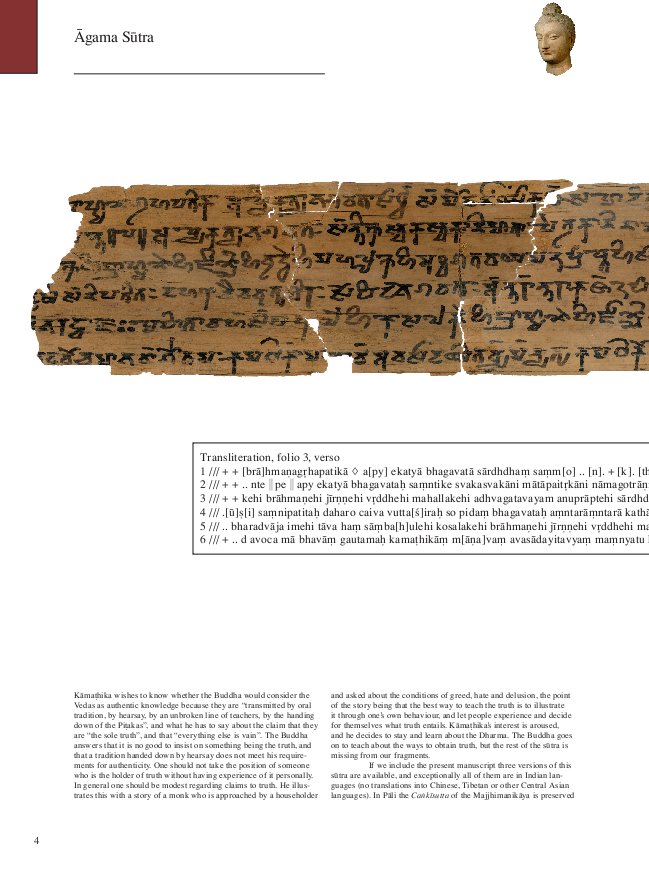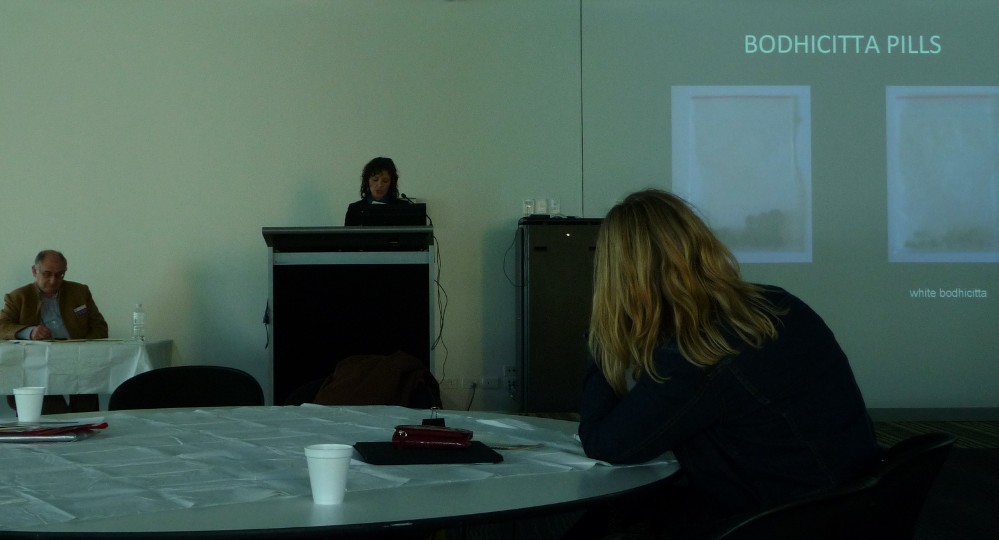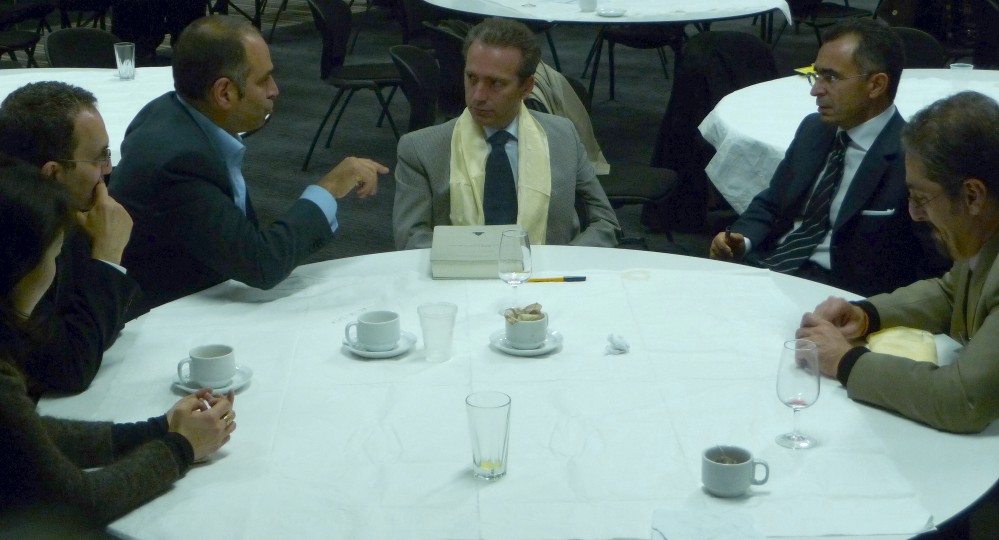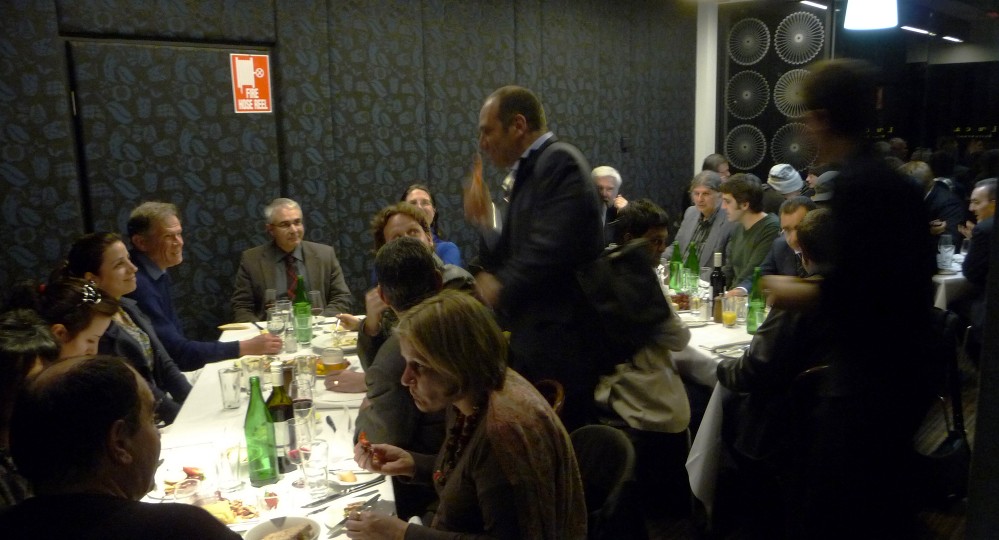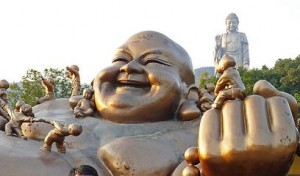Jens Braarvig and Fredrik Liland, with contributions by Jens-Uwe Hartmann, Kazunobu Matsuda, Richard Salomon, and Lore Sander. Traces of Gandharān Buddhism. An Exhibition of Ancient Buddhist Manuscripts in the Schøyen Collection. Oslo: Hermes Publishing, in collaboration with Amarin Printing and Publishing Public Co. Ltd, Bangkok. 2010. xxxiv+101pp. [PDF (80 MB)].
This lavishly illustrated — and even more importantly, thoroughly researched — catalogue, published to accompany an exhibition of Afghan Buddhist manuscripts in Thailand, will surely be of interest to any serious scholar of Buddhism. Braarvig notes: “it is thus an important task to help preserve this dharmakāya [manuscript heritage] of the Buddha”. (One could add that Thailand, where a formerly practiced Sanskritic tradition has been completely lost, is probably not the place to find a receptive audience for such sentiments.)


